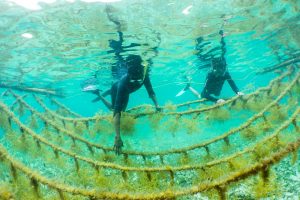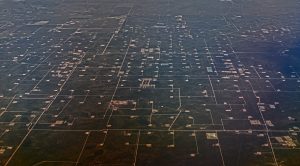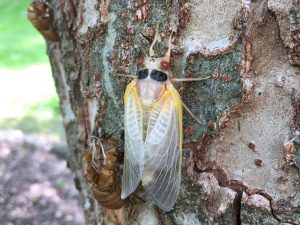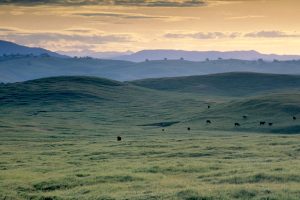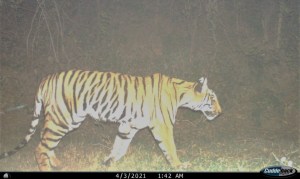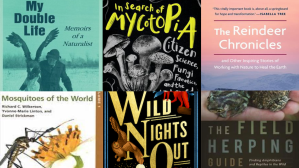Discover stories in Conservation Science
Aquaculture Adds Value to Habitat
Bivalve and seaweed farming systems result in measurable increases in fish and invertebrate abundance and diversity.
Energy Matters: The Importance of Mitigating the Land Impacts of Energy and Extraction
Energy and mining could convert nearly as much land as agriculture by 2050 – including nearly 80% of all projected expansion into the world’s most intact natural lands.
Table Corals Could Be the Key to a Resilient Great Barrier Reef
Scientists discover that table corals regenerate Great Barrier Reef habitats 14 times faster than other coral species.
Follow Me Down the Brood X Tunnel: A Reading List
Wondering what all the Brood X Periodic Cicada fuss in the U.S. is about? Have questions? One of the stories here probably has the answers.
9 Cool Freshwater Fish You’ve Never Heard Of
Do you know the hardhead? The chiselmouth? Celebrate freshwater biodiversity with these cool fish.
Biodiversity Conservation: 7 Principles for Matching Goals with Actions
Scientists offer 7 key principles to help achieve the Convention on Biological Diversity’s 2050 vision: living in harmony with nature.
Social Considerations for Diffusing Climate-Smart Practices in Regenerative Food Systems
To improve our soil health, millions of farmers may need to un-learn some prevailing ways of farming and simultaneously embrace new technologies.
Rebalancing Water and Land Use for Nature and People in California
Examining how ecological restoration efforts – rewilding – could recover the San Joaquin’s natural diversity and ensure the long-term health and productivity of farms and the local communities they support.
Tiger Selfie A Reason for Optimism
Recently an endangered Bengal tiger was seen by villagers at Surajkund, Madhya Pradesh in an area near one of the […]
Saving Animals by Mapping Their Migrations
Maps that display migration data with the human connections and livelihoods can help advance sustainable conservation.
Science Shows Cover Crops Increase Soil Health
Soil scientists find evidence of soil health improving in the first few years of cover crop use on farms.
Earth Day Book Review 2021
Six books to celebrate the planet’s biodiversity and conservation.
